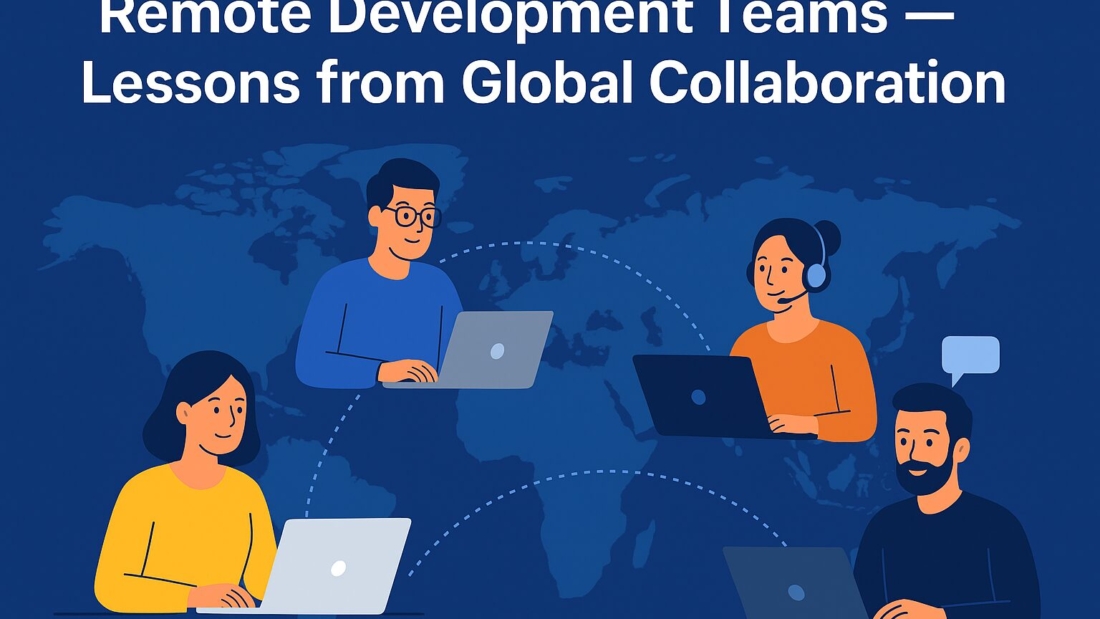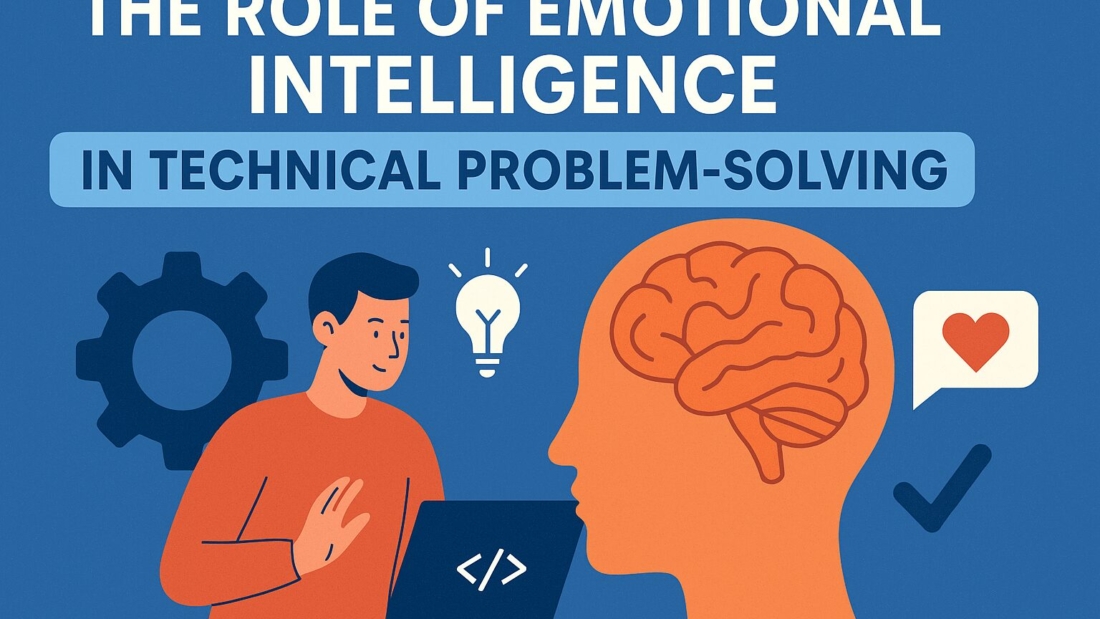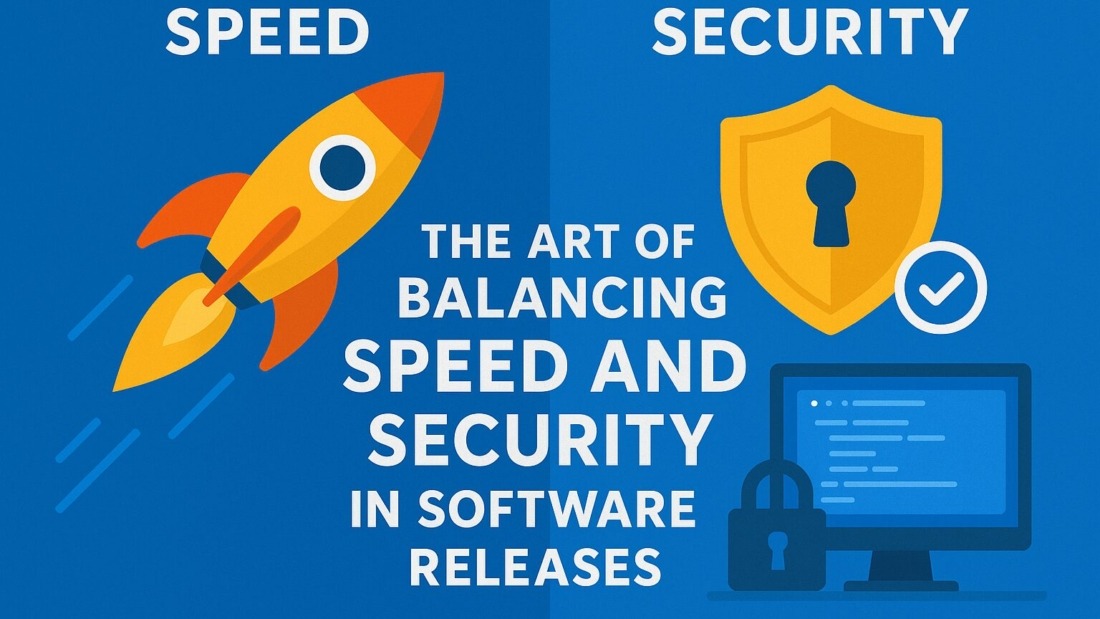In today’s interconnected world, remote development teams have become the backbone of many successful tech companies. With talent spread across continents, businesses can access specialized skills, scale faster, and reduce operational costs. However, managing globally distributed teams comes with unique challenges—from time zone differences to cultural diversity. Organizations that master global collaboration gain a competitive edge, while those that don’t often struggle with miscommunication and productivity issues.
This article explores key lessons learned from managing remote development teams across the globe, providing insights that can help businesses foster collaboration, boost performance, and deliver better results.
1. Embrace Diversity as a Strength
One of the greatest advantages of global remote teams is diversity. Developers from different cultural and educational backgrounds bring unique perspectives to problem-solving. For instance, a developer in Eastern Europe might propose a different technical approach compared to one in South Asia, broadening the solution space.
However, cultural differences can also lead to misunderstandings. It’s important for leaders to encourage open dialogue, foster respect, and create an inclusive environment where every voice matters. Sensitivity training and cross-cultural awareness can go a long way in making teams more cohesive.
2. Build Strong Communication Channels
Effective communication is the foundation of global collaboration. Since face-to-face interaction is limited, remote teams must rely heavily on digital tools. Platforms like Slack, Microsoft Teams, and Zoom allow real-time conversations, while project management tools like Jira, Trello, or Asana keep everyone aligned on tasks and priorities.
Leaders should set clear expectations for communication, such as:
Which channels to use for urgent issues vs. general updates.
Agreed response times across different time zones.
Regular check-ins to ensure progress and remove blockers.
Documentation also plays a crucial role. Well-documented processes, coding standards, and project requirements ensure consistency and reduce dependency on constant verbal communication.
3. Manage Time Zones Strategically
One of the toughest aspects of global collaboration is dealing with time zone differences. A team spread across the U.S., Europe, and Asia can have only a few overlapping hours. Instead of treating this as a barrier, businesses should use it as an advantage.
For example, a “follow-the-sun” model allows work to continue around the clock. A developer in Pakistan might finish coding features during their daytime, and a tester in California can review it once they log in. This accelerates development cycles and improves efficiency.
To make this work, teams should carefully plan handovers, provide detailed updates, and respect each member’s working hours to avoid burnout.
4. Establish Clear Roles and Accountability
Remote teams can sometimes fall into the trap of blurred responsibilities. Without the physical presence of a manager or peers, some developers may struggle with prioritization or ownership.
To avoid this, leaders must:
Define roles and responsibilities clearly.
Assign ownership for tasks and deliverables.
Set measurable KPIs and timelines.
This clarity ensures that each team member knows their contribution and feels accountable for outcomes. Combined with transparent reporting, accountability builds trust and reduces micromanagement.
5. Prioritize Trust and Relationship Building
Trust is the currency of remote collaboration. Without it, miscommunication, delays, and disengagement quickly follow. Building trust requires intentional efforts:
Regular video calls to humanize interactions.
Virtual team-building activities to strengthen bonds.
One-on-one check-ins where leaders understand challenges and support growth.
Small gestures, like celebrating birthdays, acknowledging milestones, or sending appreciation notes, make remote workers feel valued and connected.
6. Invest in Tools and Infrastructure
Technology makes global collaboration possible. Beyond communication platforms, businesses should ensure their remote teams have reliable access to:
Version control systems (e.g., GitHub, GitLab).
Continuous integration and deployment pipelines for streamlined delivery.
Cloud platforms (AWS, Azure, GCP) for scalable development environments.
Secure VPNs and authentication protocols to protect data integrity.
By investing in robust infrastructure, companies remove friction from daily work and empower remote developers to focus on innovation.
7. Encourage Autonomy with Alignment
Micromanagement doesn’t work in remote setups. Instead, businesses must balance autonomy with alignment. Developers should have the freedom to approach tasks in their own way, while still aligning with the overall project goals.
This can be achieved by setting clear objectives, defining success metrics, and conducting regular sprint reviews. Agile methodologies, particularly Scrum or Kanban, are highly effective for remote teams as they provide structure while encouraging independence.
8. Continuously Learn and Adapt
Global collaboration is not a one-time effort—it evolves with team dynamics, business needs, and technology. Regular retrospectives help teams reflect on what’s working and what’s not. By collecting feedback from developers, managers can refine processes, adopt new tools, and improve workflows.
The willingness to adapt ensures long-term sustainability and keeps teams motivated to deliver their best.
Conclusion
Remote development teams are no longer just a trend—they are the future of software development. By embracing diversity, strengthening communication, managing time zones effectively, and fostering trust, businesses can unlock the full potential of global collaboration. With the right mindset and tools, remote teams can become more innovative, agile, and productive than traditional in-house setups.
The key lesson? Global collaboration thrives when businesses focus on people first, processes second, and tools as enablers. Companies that master this balance will not only deliver successful projects but also build resilient, world-class teams for the future.










